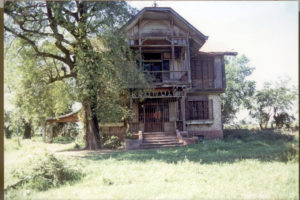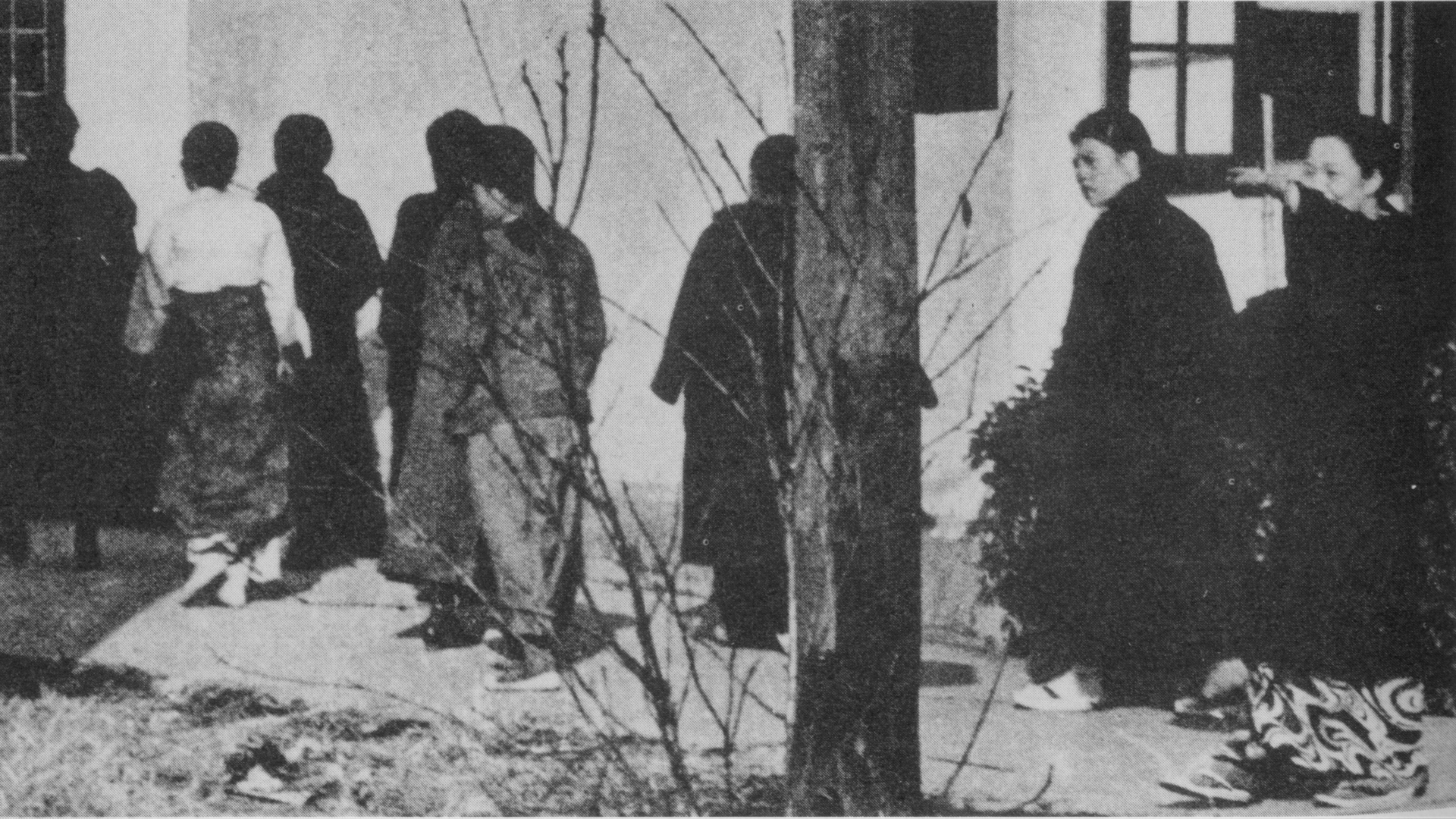Click Here to download the PPT about the Background of the ‘Comfort Women’ Issue
 “Comfort Women” is a euphemistic term for the hundreds of thousands of women and children trafficked and forced into an institutionalized sexual slavery between 1932 and 1945 by the Japanese Imperial Armed Forces. It was the longest-running single human trafficking operation of women that is known to the world.
“Comfort Women” is a euphemistic term for the hundreds of thousands of women and children trafficked and forced into an institutionalized sexual slavery between 1932 and 1945 by the Japanese Imperial Armed Forces. It was the longest-running single human trafficking operation of women that is known to the world.
Korean and Chinese women comprised the largest number of the victims, but according to Mindy Kotler (Director of the Asia Policy Point), “The Comfort Women constitute the largest and most diverse group of women abused in a single conflict from a single perpetrator. There were women and girls from 60 percent of world nations and territories: Asia, Pacific, South Asia, and Europe.” “Comfort Women” hailed not only from Korea and China, but also from a multitude of countries including the Philippines, Indonesia, the Netherlands, Burma, Thailand, Vietnam, Malaysia, Australia, East Timor, Hong Kong, and Macau.
Under Japanese colonial rule, Korean girls were systematically recruited by Japanese authorities from schools and villages to join the “Voluntary Corps” to support Japan’s war efforts. Many others were tricked into the “Comfort Women” system by false promises of work opportunities as factory workers and nurses, or abruptly taken from homes and streets. Most of the victims in occupied territories in China and other regions were abducted and violently coerced into sexual slavery at gunpoint. It is estimated that some 400,000 women and children – some as young as 11 years old – were brutally abused and gang raped as sex slaves for Japanese soldiers and officers at these government-sponsored rape camps.

The “Comfort Women” were often kept in inhumane conditions and suffered from starvation, physical and psychological abuse, disease, infections, and rampant STD’s. Many committed suicide. Only about 10 to 25% of the victims survived the end of the war. Many had already died from poor health, violent treatment, or suicide. Many more were massacred by retreating Japanese soldiers before Allied troops could find them. At the end of the war, the Japanese government attempted to systematically destroy all documentation and evidence that the “Comfort Women” had ever existed. The survivors returned home bearing heavy burdens of psychological distress, physical ailments, and shame. Many others remained where the “Comfort Station” was located due to the lack of means to return home, or out of shame and fear of the discrimination they may face back home. Many lived out their days ostracized by their family and community. Not until the 1990’s did their stories begin to surface publicly.

In 1991, Hak-soon Kim, a Korean “Comfort Woman”, became the first to share her story publicly. That year, the Japanese government acknowledged that “Comfort Women” stations did exist during World War II. In 1993, Chief Cabinet Secretary Yohei Kono announced the Kono Statement, partially acknowledging the Japanese military’s involvement in the establishment, management and transfer of the extensive existence of the “Comfort Station” system, as well as the coercive nature of the recruitment. However, the Japanese government has never fully acknowledged or accepted the legal responsibility for the institutionalized military sexual slavery of the “comfort station” system – the largest case of human trafficking of women for sexual servitude in the 20th century. Since that time, especially during the governance of Japan by Prime Minister Abe Shinzo, there has been continuous disagreement and unrest between the Japanese government and the victim communities about reaching fair and just terms of resolution. Gradually, monuments for the “Comfort Women” are being built around the world to memorialize the victims and their communities and to educate new generations of the dangers of warfare and a global responsibility to protect human rights.
